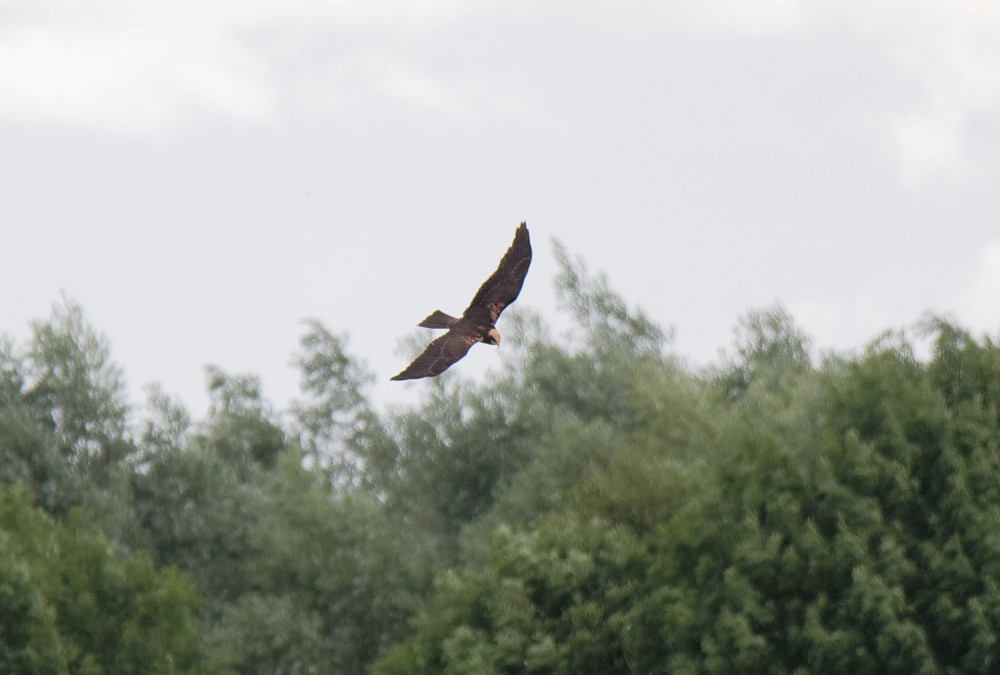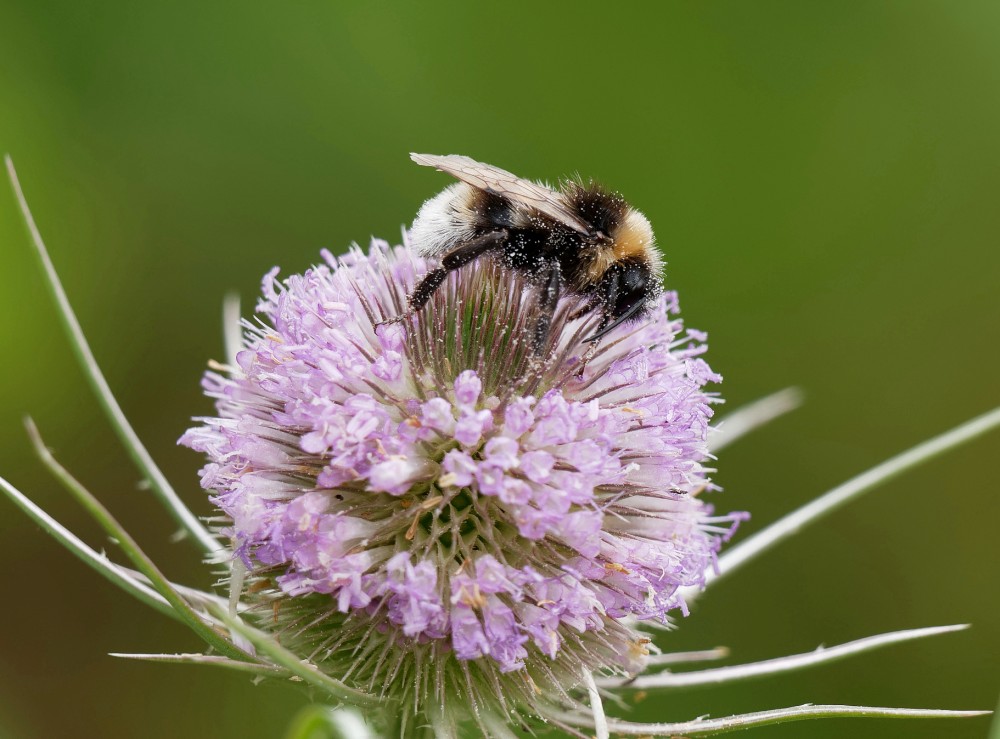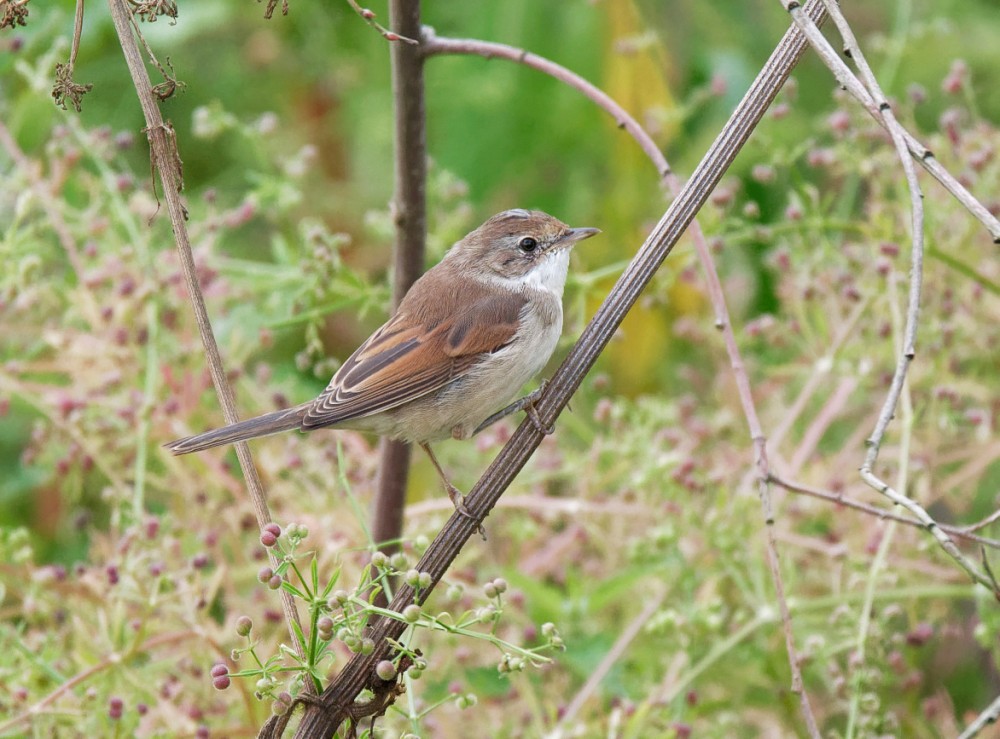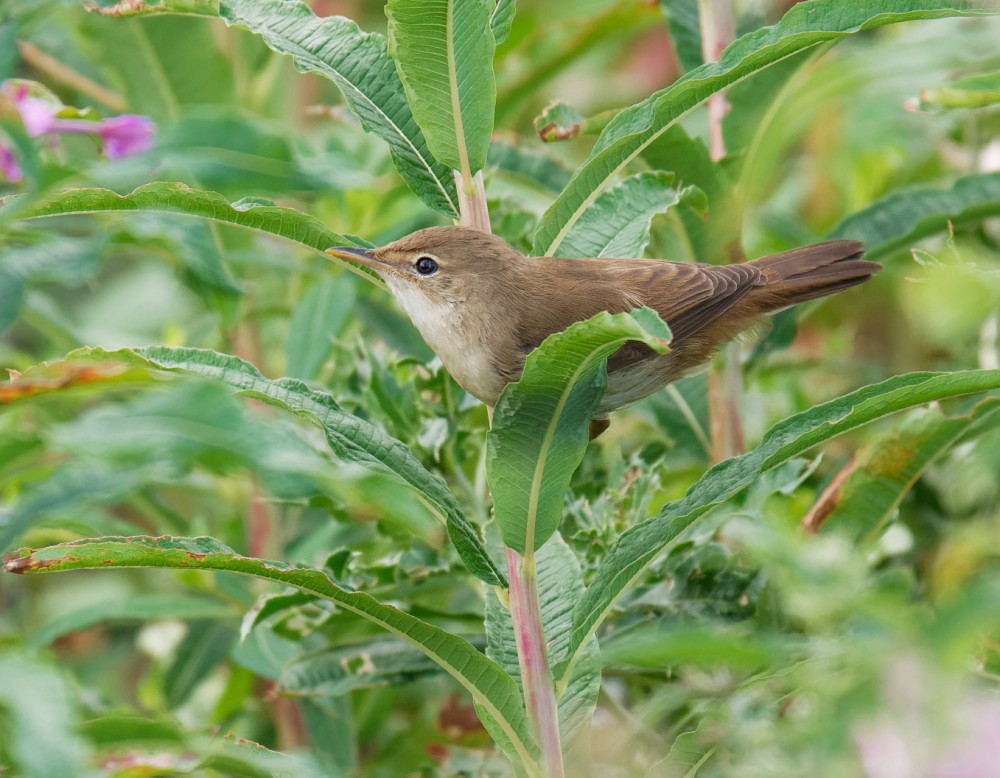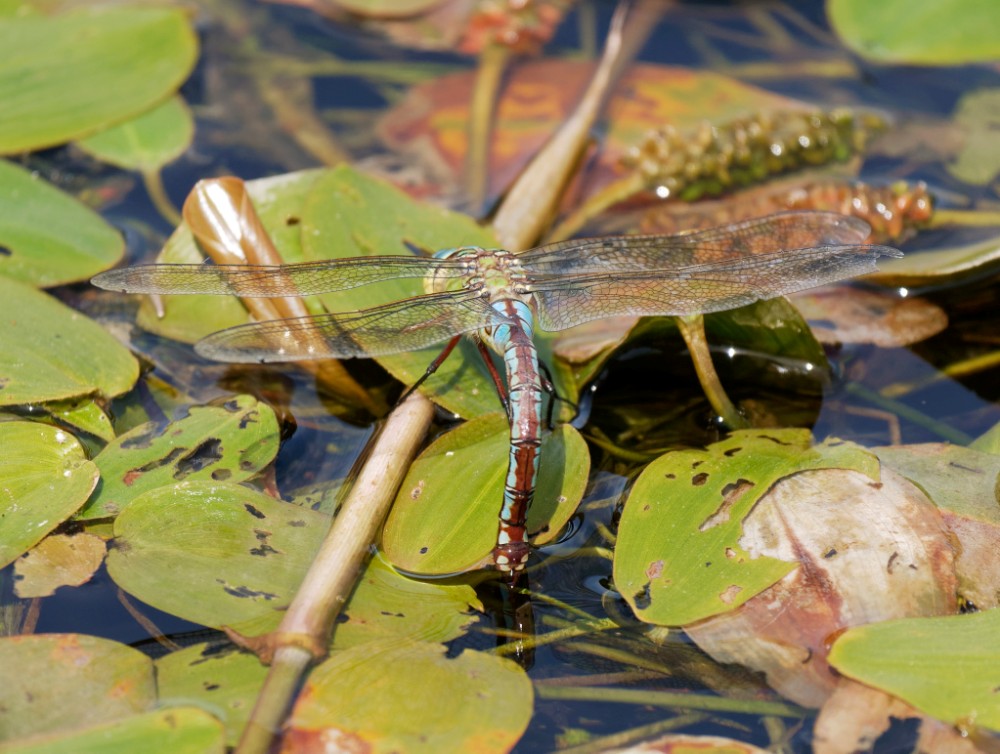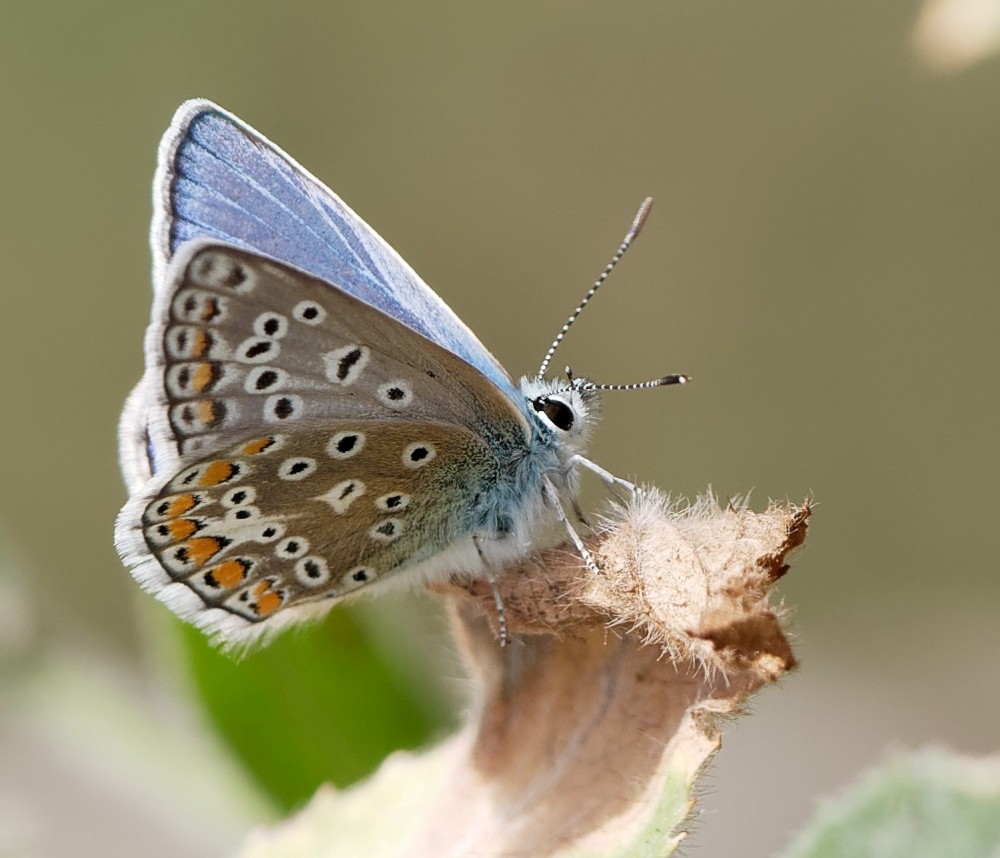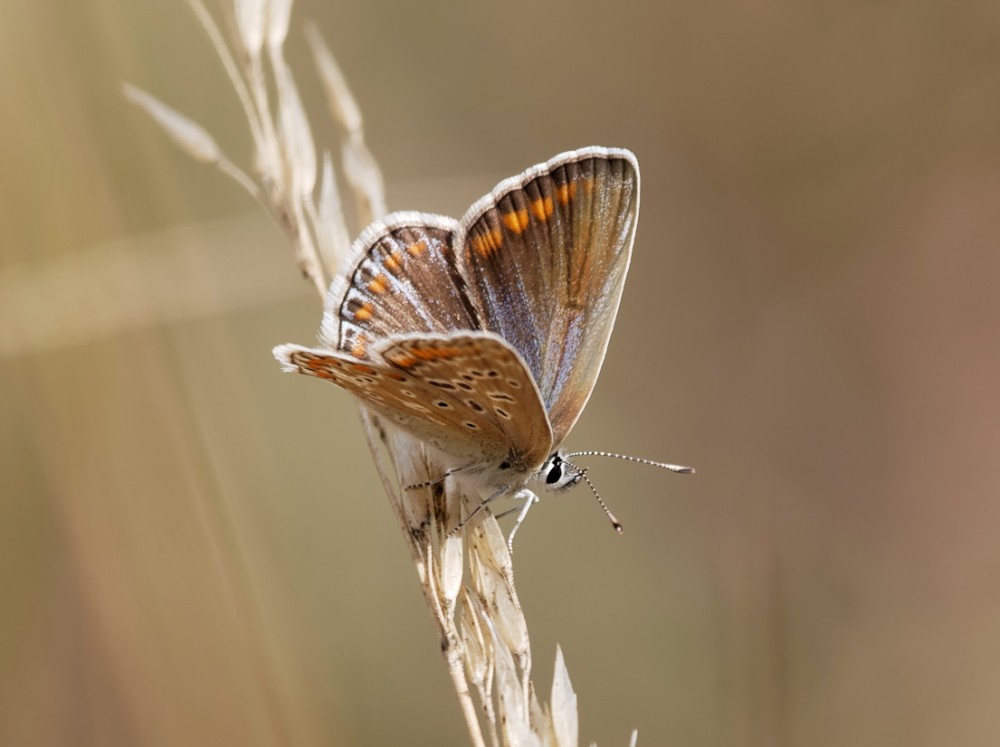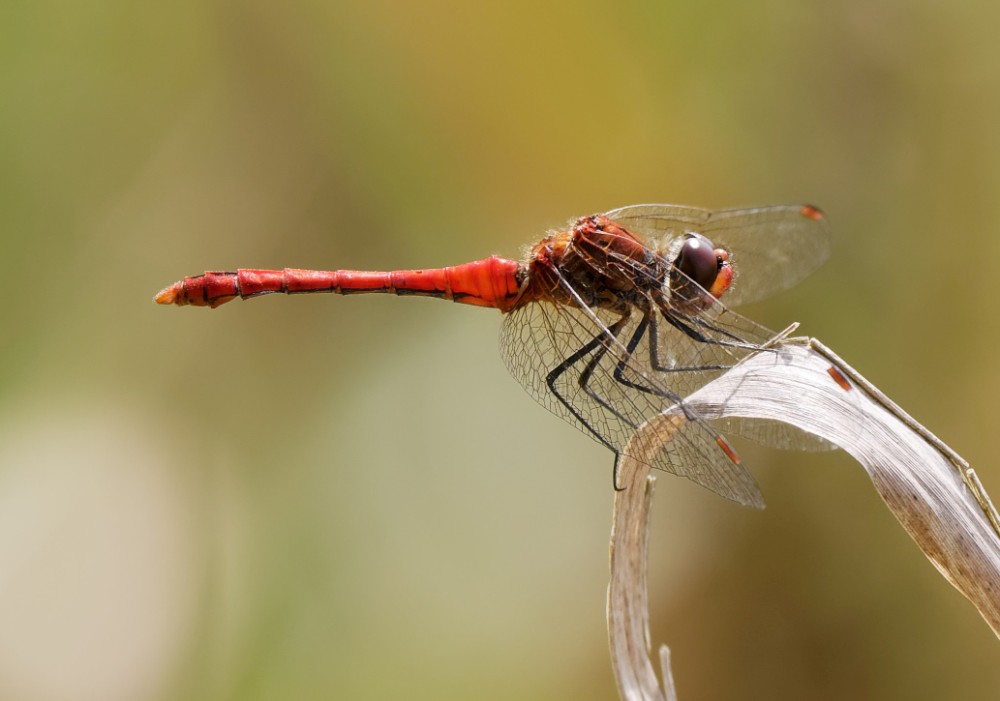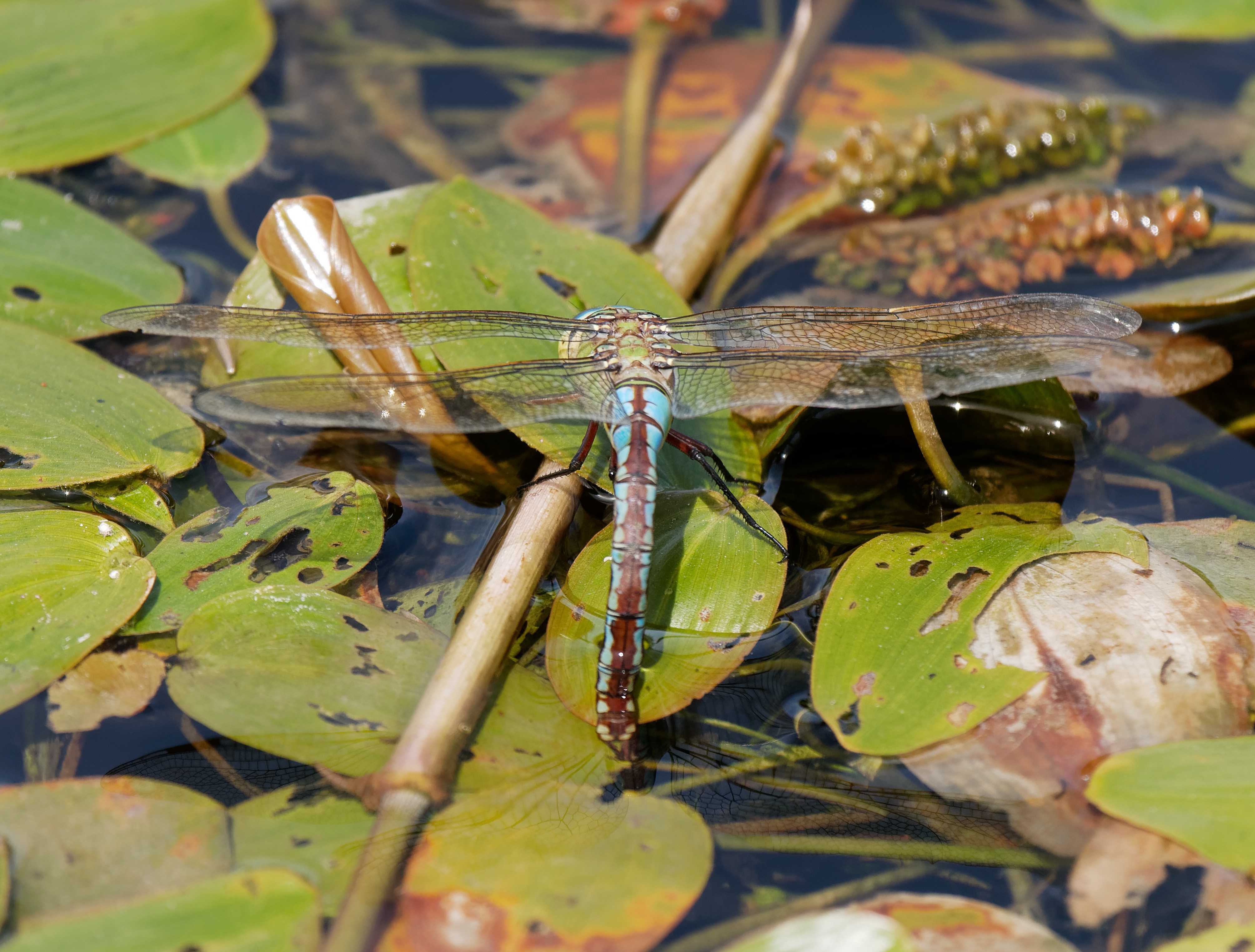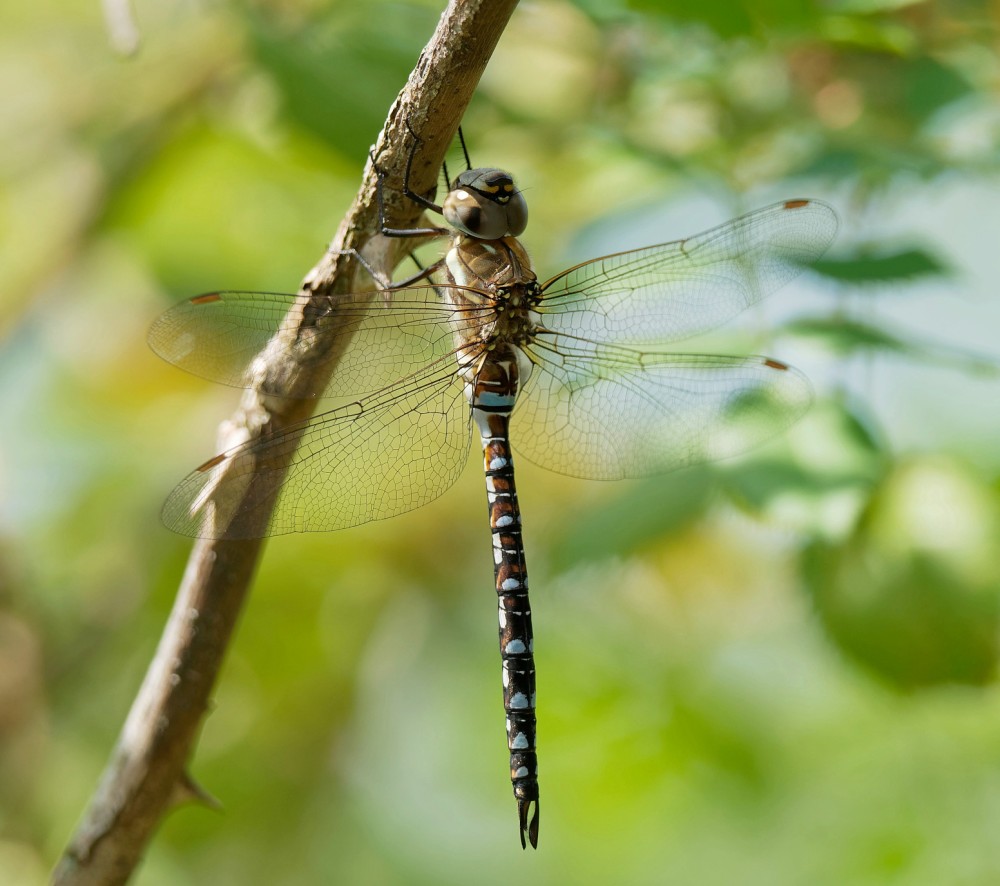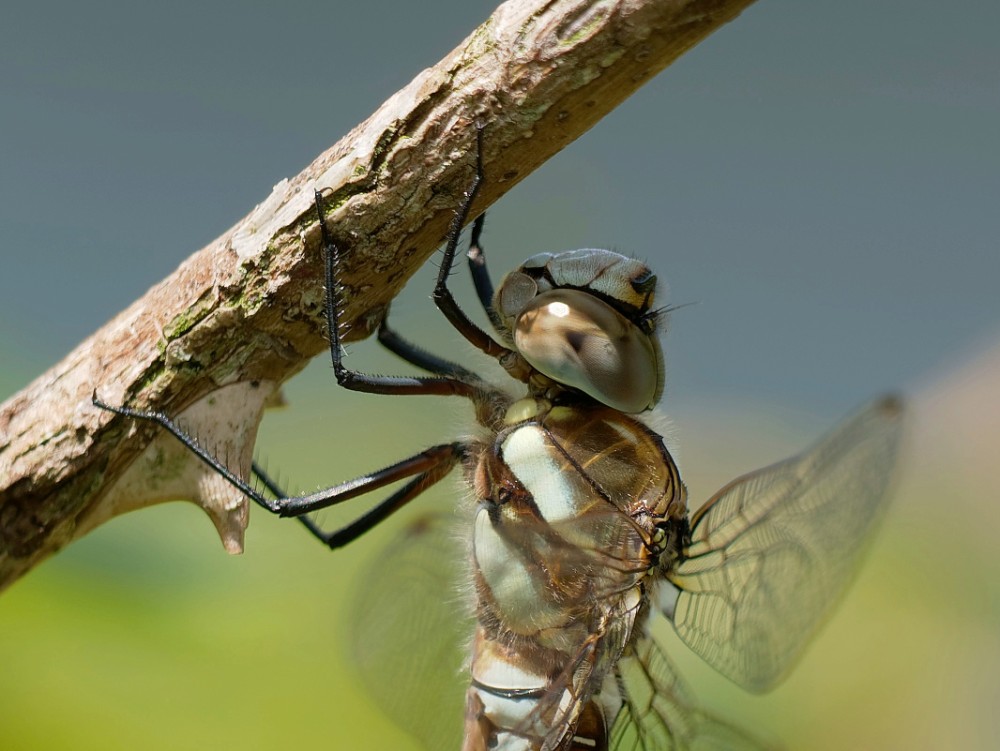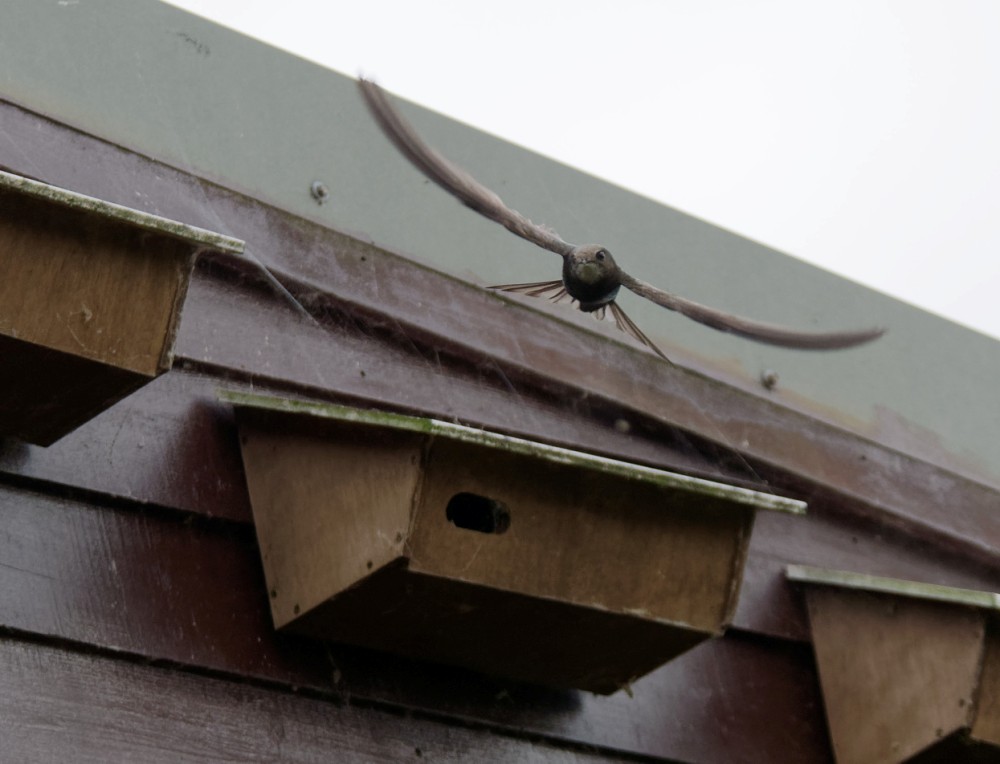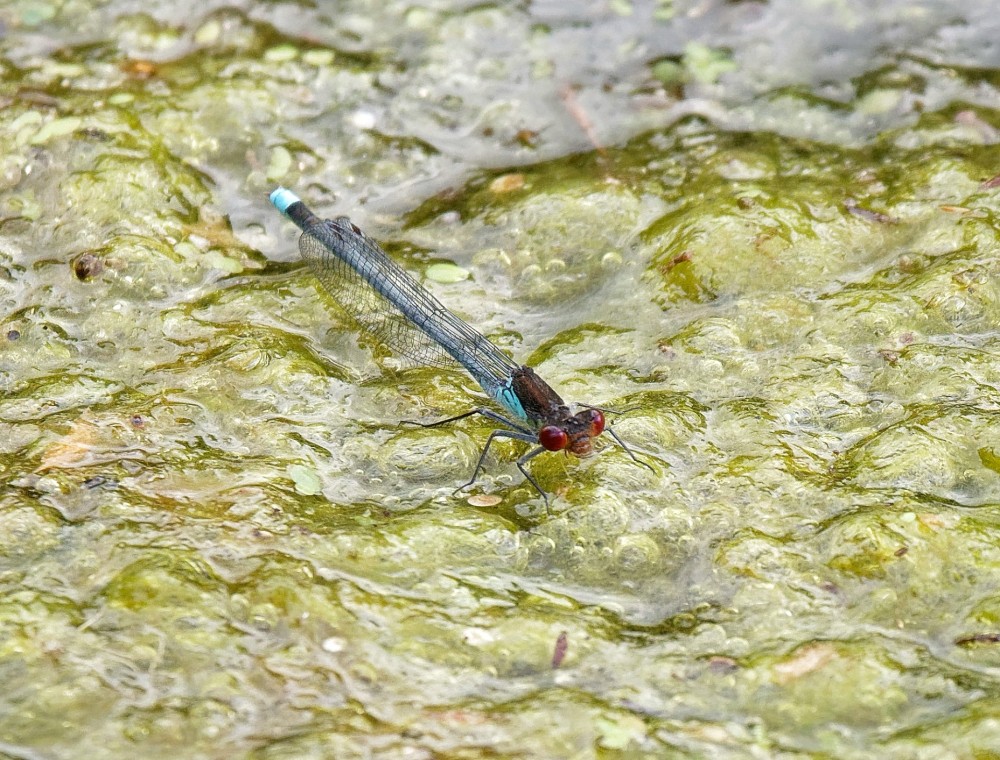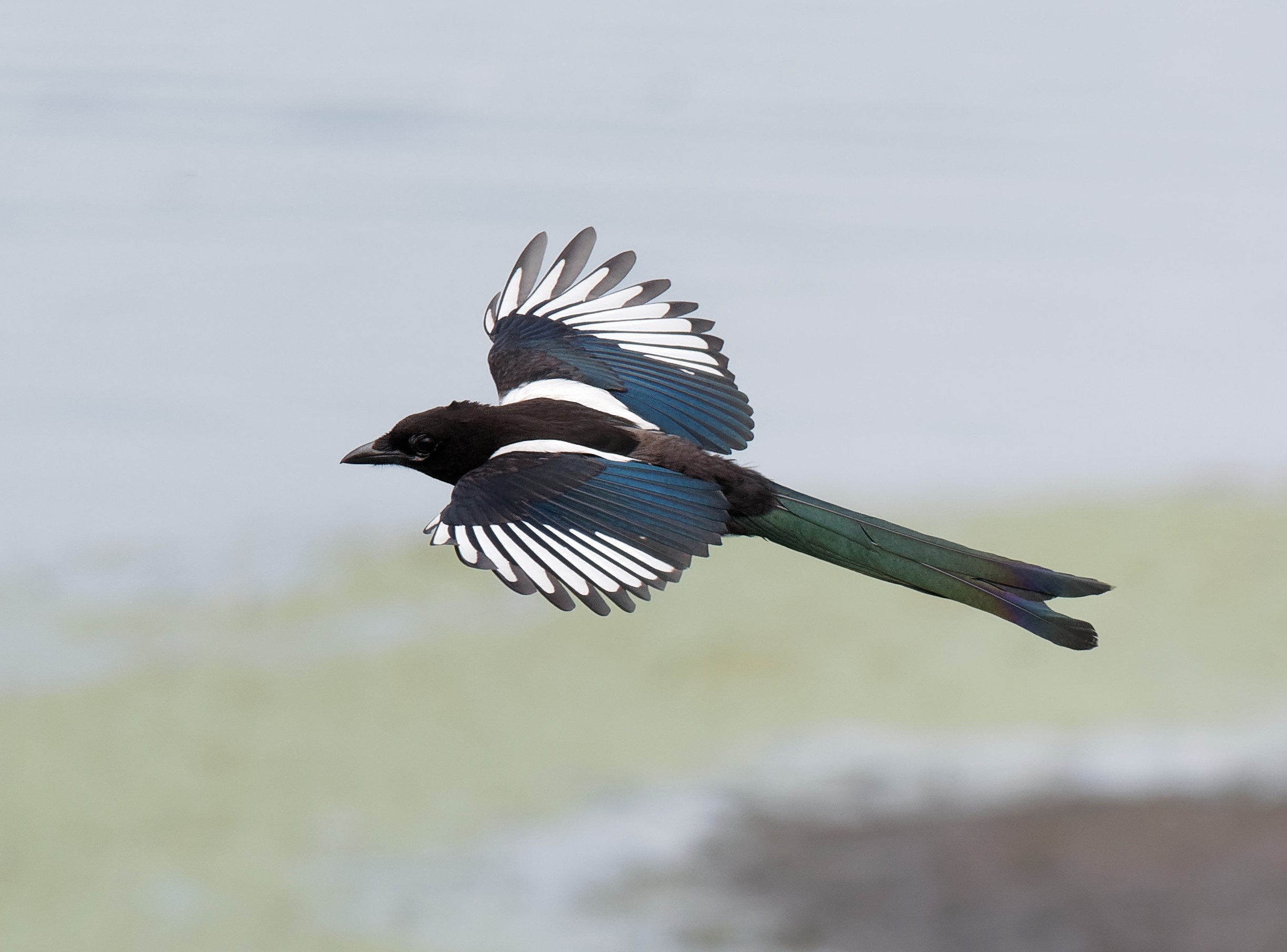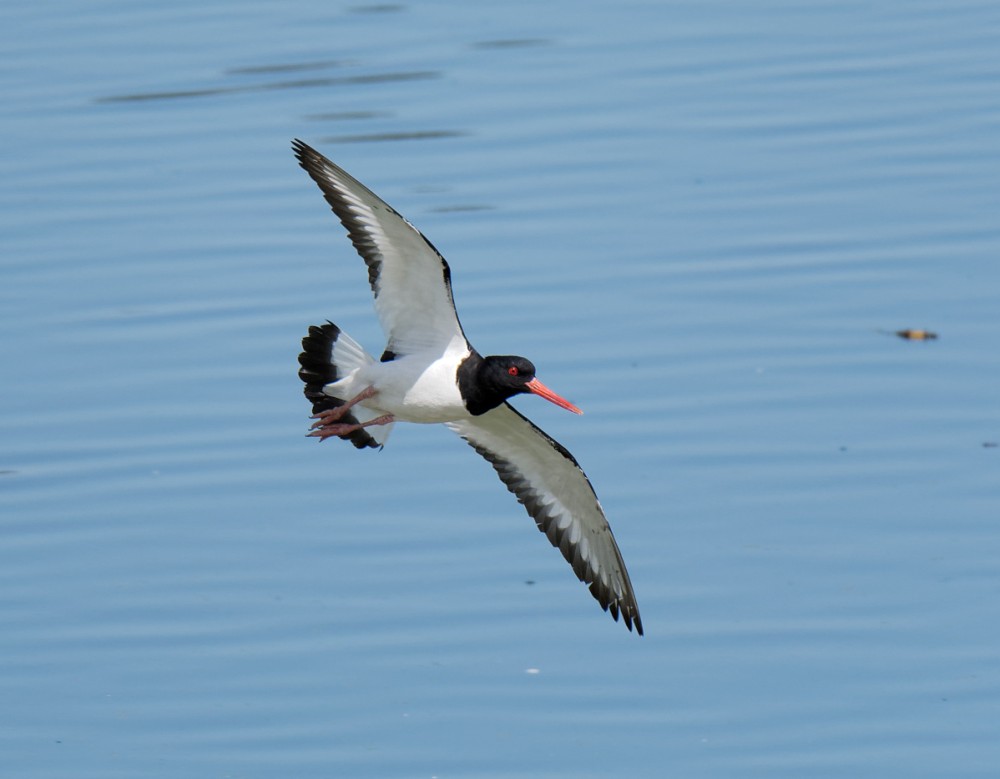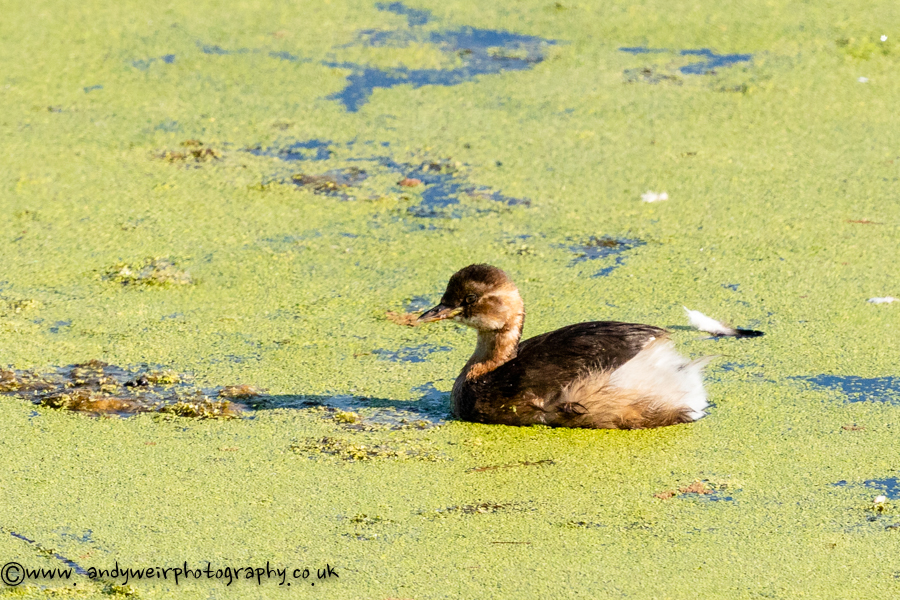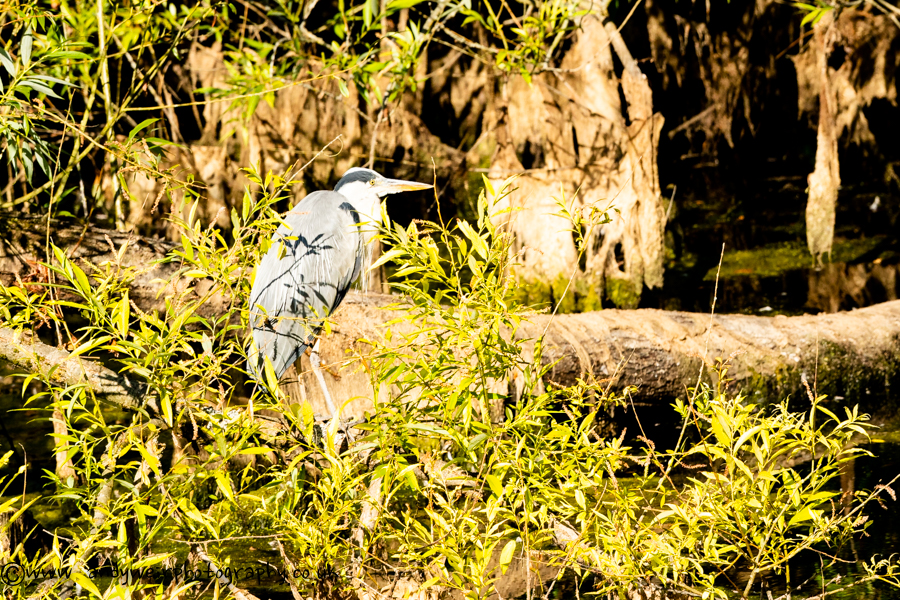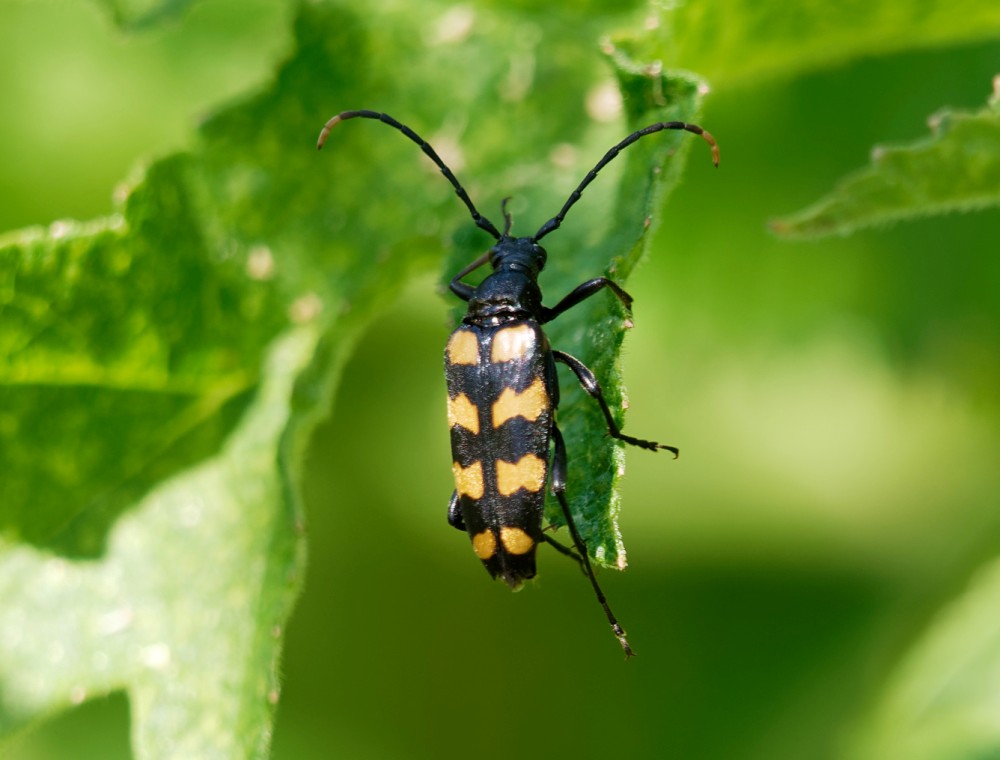Woolston Eyes Monthly Sightings
2018-07-28
With the lengthy hot spell breaking at last, it always felt like a good morning for finding migrants. We started with breakfast at 6.30 am in the Morgan Hide, with just the odd Swift, Sand Martin and Swallow over the lagoon. Then nine Black-tailed Godwits dropped in, joining two Green Sandpipers reported at dawn by Kieran Foster. Around 9.30 am a Marsh Harrier arrived and hunted the bed for the rest of the morning. One side effect of the raptor’s presence was to bring all the Teal out of the reed-bed. The count of 180 was the highest for July any of us could remember, as such build-ups don’t usually occur here till early September. Then five more Black-tailed Godwits came in and a Hobby skimmed over the hide. Finally, two Common Terns, each carrying a fish, circled the bed before landing and displaying on one of the nest rafts. Of the resident birds, a hunting juvenile Peregrine, which brought the raptor species number up to six, a Water Rail and a Kingfisher were the pick. The photo is a record shot of today’s Marsh Harrier
Cheers David Bowman (with David Spencer, Brian Martin, Douglas Buchanan, Alan Warford, Sue Haddock, Brian Baird and Les Jones)
Submitted by: David Bowman
2018-07-25
Photo of an Emperor dragonfly ovi-positing from today.
Cheers David
Submitted by: David Bowman
2018-07-25
Photo of a male Common Blue butterfly from today.
Cheers David
Submitted by: David Bowman
2018-07-25
Photo of a female Common Blue butterfly from today.
Cheers David
Submitted by: David Bowman
2018-07-25
Photo of an ovi-positing Emperor dragonfly from today.
Cheers David
Submitted by: David Bowman
2018-07-25
It’s going to be quite a shock to the system when this weather finally breaks. Being able to plan butterfly and dragonfly counts, without any chance of being rained off is a real joy. Today started with a quick scan of the birds on No.3 bed, where a Green Sandpiper, a couple of Black-tailed Godwits, two Water Rails and a new brood of Tufted Ducks were the main finds. Then a wander on to No.1 bed to assess the habitat management needed this winter, particularly on our main dragonfly pool. A count of dragonflies around the pool produced: 6 Emperors (with three ovi-positing), 3 Ruddy Darters, four Common Darters, one Southern Hawker and five Brown Hawkers, with another eight Brown Hawkers on No.3 bed. There were also a few Common Blue butterflies around, with five males and three females noted. Back on No.3 bed, a second Southern Hawker was added to the count, along with three Red-eyed Damselflies and a Holly Blue butterfly. Photo is a close-up of a Southern Hawker from today. Cheers David Bowman
Submitted by: David Bowman
2018-07-24
Yesterday afternoon at on No.3 bed was so hot and sultry that not many birds were moving, though there were plenty of butterflies and dragonflies around. Highlights were: one each of Green Sandpiper, Redshank and Common Tern, plus two butterflies which are fairly scarce on the Reserve, Holly Blue and Painted Lady. An early start this morning produced conditions which were a little different, with more cloud but less humidity. Green Sandpiper and Common Tern were again present, along with 4 Curlews flying west and a single Black-tailed Godwit. There were also far more small birds moving around, with the flower rich area in front of the Morgan Hide providing plenty of insect food/seeds for: Sedge Warblers, Reed Warblers, Blackcaps, Whitethroats, Greenfinches, Goldfinches, Bullfinches, Blue Tits, Great Tits, Dunnocks, Robins and Wrens. Most interesting for me, though, was watching the behaviour of the Swifts around the nest boxes, which we erected on the Morgan Hide last year. Three pairs kept circling the hide and “bumping” up against the nest boxes. This behaviour is often attributed to birds which are prospecting for nest sites for the following year, so we’re hopeful that, before too long, we’ll be adding Swift to the Woolston Eyes breeding list. Photo of a Swift visiting the nest boxes Cheers David Bowman (with David Spencer)
Submitted by: David Bowman
2018-07-21
On a mild day with overcast skies, we spent a lazy morning scanning for passing waders from the Morgan Hide. Two Black-tailed Godwits were present early on, while a Green Sandpiper and eight more godwits came in later on. Other sightings of note included: a single juvenile Black-necked Grebe, a Hobby soaring alongside a Peregrine, 4 Common Snipe, 3 Water Rails (including a juvenile), a Kingfisher, new broods of Gadwall and Tufted Duck, 30 Swifts, 6 Sand Martins, 3 House Martins and 4 Swallows.
Photo of a group of Black-tailed Godwits
Cheers David Bowman (with David Spencer, Alan Warford, Helen Wynn, Kelly Ainsworth, Sue Haddock, Dave Steel, Brian Baird and Les Jones)
Submitted by: David Bowman
2018-07-17
A very pleasant few hours on No.3 bed this afternoon. The weather began rather gloomily but then the sun began to periodically break through the heavy cloud. I was hoping to see a few waders move through and wasn’t disappointed. From the South Screen a single Green Sandpiper was feeding alongside 150 Gadwall, while four Black-tailed Godwits came over, with two stopping to feed on the Morgan Hide scrape. These were adults in breeding plumage, probably freshly arrived from Iceland where, hopefully, they had managed to raise young. Lastly, a Common Sandpiper arrived to feed actively, alongside four Common Snipe, while dodging the aggressive attentions of the local Shelducks. Out on the water two fully grown Black-necked Grebe young appeared briefly out of the north-east channel before disappearing back into the reeds. Overhead, brought down during one of the gloomier interludes, were 120 Swifts, 12 Sand Martins and the odd Swallow and House Martin. It wasn’t surprising, then, when a Hobby appeared over the hide to cause the Swifts to ball up defensively. Wandering off the bed, I came across two species which are uncommon on No.3 bed: a group of three House Sparrows and a single Nuthatch. Photo of a Red-eyed Damselfly
Cheers David Bowman
Submitted by: David Bowman
2018-07-14
Another sultry morning produced a good variety of birds as odd migrants passed through. A 6.30 am start saw a single Little Ringed Plover in front of the Morgan Hide, with a Common Sandpiper arriving later on. Other waders included four Common Snipe and 49 Lapwings on the scrape, while a KIngfisher, a young Black-necked Grebe plus broods of Great Crested Grebe, Little Grebe, Tufted Duck and Shelduck were out on the water. The morning’s highlight, however, was undoubtedly the distant Red Kite, which soared over the north bank of the bed before drifting off to the north-east. Other raptors included: Hobby, Peregrine, Common Buzzards and Sparrowhawk. As well as being attractive to waders the lower water levels are making the local Water Rails more visible, with three seen well. Of the birds moving through, the pick were three Common Terns, 55 Swifts and 37 Swallows. Many more butterflies were evident, with our first Painted Lady of the year located. News from the Ringing Team on No.3 bed included 3 Cetti’s Warblers, one Garden Warbler and a new Willow TIt.
Photo of a Magpie from No.3 bed
Cheers David Bowman (plus David Spencer, Alan Warford, Helen Wynn, Brian Baird and Les Jones)
Submitted by: David Bowman
2018-07-12
Woolston weekly bird ringing news W/E 8th July 2018
There were three sessions on No1 bed during the week and 118 captures were made. The 98 new included the first Sand Martin of the year along with the first two Lesser Whitethroats (one an adult female with a brood patch), the two Kingfisher s were the second and third of the year and Goldcrests were still moving through in small numbers along with Treecreeper. Warbler numbers are starting to build up and 56 were ringed, 57% of the total new, the usual, Chiffchaff, Blackcap and Reed Warbler, made up the majority. There were no sightings of note during the week.
Mike Miles was on No3 bed on Tuesday and Friday running just the shaded nets round the hut, he made 173 captures with the 94 new birds included 8 juvenile Whitethroats, but Sedge Warblers remain very thin on the ground although another juvenile Willow Tit was welcome.
On the Saturday morning he was joined by Kieran and Margaret along with Tom and Kay, visiting from South Manchester Ringing Group. They made 192 captures (132 new and 60 re-traps). New birds included juvenile Goldfinch and juvenile Goldcrest while re-traps were dominated by juvenile tits. The only sighting of note was an overflying Oystercatcher on the Saturday.
Submitted by: John Blundell
2018-07-10
With a light north-easterly breeze blowing this morning, there was some respite from the heat, though in sheltered places it was still oven-like. At this time of year and particularly when it’s hot, time spent watching over the lagoon from the Morgan Hide, interspersed with some wandering round the bed, usually provides the widest variety of birds. Early on, David Spencer saw Little Egret, Green Sandpiper, Hobby and a couple of Black-tailed Godwits. When I arrived the Little Egret and Hobby were still around and were joined by a Greenshank, an Oystercatcher and a few Common Snipe, along with hundreds of the more regular species. Of particular note was the variety of passerines feeding in the flower-rich cover in front of the hide, including Sedge Warbler, Whitethroat, Blackcap, Reed Warbler, Chiffchaff, Reed Bunting, Linnet and Goldfinch.
Photo of an Oystercatcher from this morning.
Cheers David Bowman
Submitted by: David Bowman
2018-07-04
Butterflies continue to emerge during the prolonged hot weather. Latest totals include 23 Purple Hairstreaks (2nd July), 160 Small White and 49 Large White (today)
Submitted by: Dave Hackett
2018-07-02
The heatwave is really beginning to bite now, with the grass looking scorched, the adult Black-necked Grebes making an early post-breeding departure and the water levels dropping fast. The latter is no bad thing, in one way,as the exposed mud should be good for wader passage. This morning’s highlights on No.3 bed were: 12 juvenile Black-necked Grebes, 1 Common Tern, 2 Little Ringed Plovers, 1 Garden Warbler, 2 Kingfishers and a Water Rail. There was also a decent gathering of 90 Swifts over No.3 bed, with just one each of Swallow and Sand Martin. It was also nice to locate and photograph a smart Four-banded Longhorn Beetle (see photo)
Cheers David Bowman
Submitted by: David Bowman
2018-07-01
Following the first reports of Purple Hairstreak by David Spencer on 26th June I did an evening visit on Friday 29th and found a total of 17 along the Canal Track and the south bank of No.3 bed. They were very active and relatively easy to see as they flitted about the oak canopy. These are the first ever June records of this normally elusive species for Woolston and hopefully they will have a successful season. As always any records would be much appreciated. Other butterfly totals for the last week of June included 137 Meadow Brown, 57 Gatekeeper, 50 Small White, 5 Common Blue, 6 Small Skipper, 5 comma, 5 Speckled Wood and singles of Brimstone and Large White. Birds of note included a total of 445 Gadwall, 2 Shelduck broods on No.3 bed and 2 Tufted Duck broods on the Loop of No.4 bed. Photo; Large White
Submitted by: Dave Hackett

